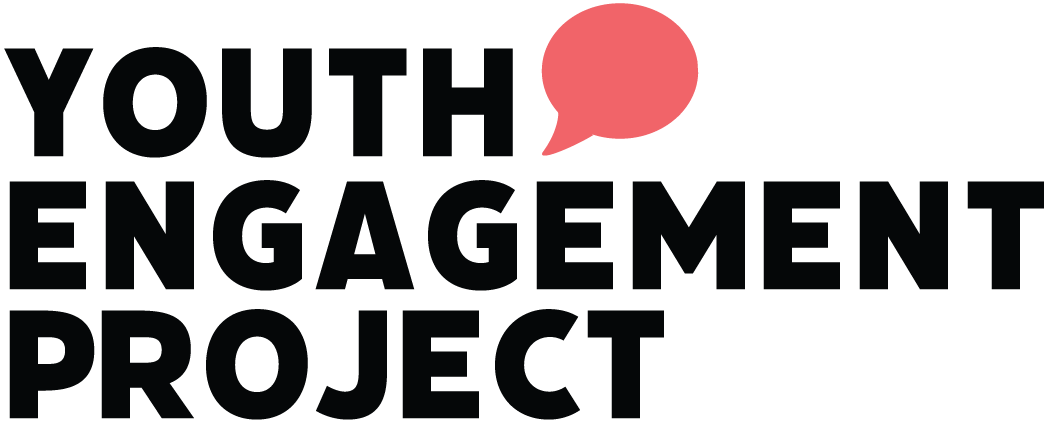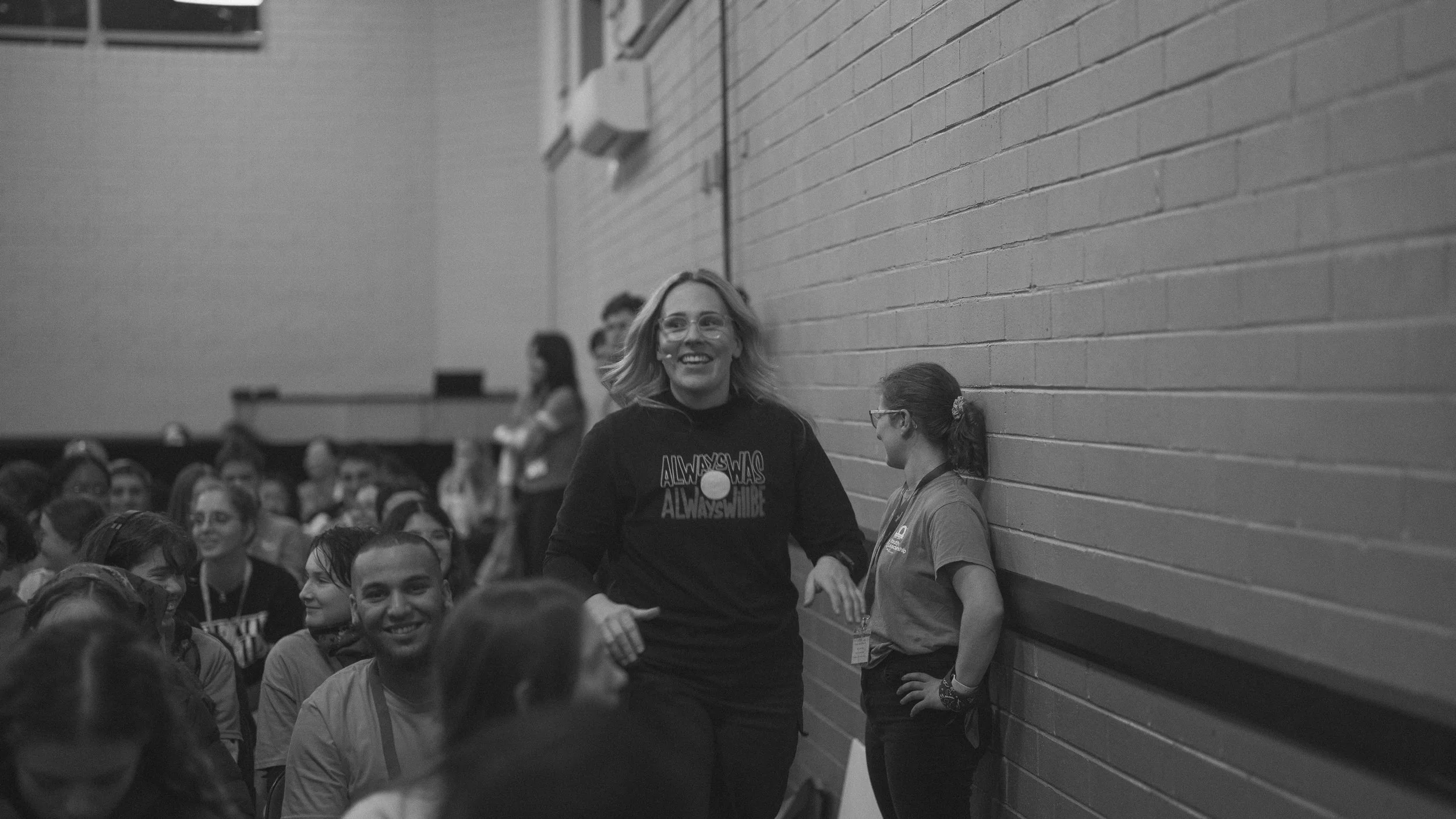Why Do Public Speaking Skills Matter More Than Ever for Year 11 & 12 students?
There’s a familiar moment in many senior classrooms across the country: a Year 11 or 12 student stands at the front of the room, cue cards in hand, voice slightly unsure - about to begin their oral presentation.
They’ve done the prep work - developed strong arguments, chosen persuasive language, understood the issue. But when it’s time to deliver, there’s often a noticeable gap between what they know and how confidently they can communicate it.
For many Year 11 and 12 students, public speaking isn’t just a curriculum requirement. It’s an emotional mountain. And in a world where most conversations happen through screens, DMs, or emojis, the ability to speak with clarity, courage, and connection is not just rare - it’s radical.
Think about it: most young people today have never had to call and book an appointment, negotiate over the phone, or speak to a stranger to get directions. With the rise of digital communication, face-to-face interactions are happening less often - and with that, the organic development of public speaking skills is slipping through the cracks.
This means students are hitting Year 11 and 12 with less of the social experiences that used to build communication confidence naturally. That’s why intentional development of public speaking skills is more important now than ever before.
It’s not just about marks. It’s about helping students feel confident, expressive, and empowered in the real world.
We’re on a mission to support schools, educators and most importantly - students - with the skills, confidence and tools they need for effective and meaningful public speaking and communication.
We’ve analysed our public speaking experiences (from conference rooms with 2000 students to remote classrooms with 10) and broken down the elements of what makes public speaking work.
The answer? Our 4C Public Speaking Framework. Designed to align with performance indicators and best practice in communication - this Framework supports development of the tools, tips and structures that effective public speaking demands.
Let me walk you through the 4C’s…
Courage
We teach students the tools to manage nerves, regulate their nervous system, and reframe fear into purposeful action.
They learn that courage isn’t the absence of fear, but the ability to show up with authenticity and presence despite it.Communication
Strong communicators master the use of voice, body, and breath to deliver messages with credibility and warmth.
Students build awareness of how tone, posture, and eye contact influence audience perception and elevate their message.Clarity
Clarity transforms ideas into impact through structured thinking, confident phrasing, and intentional delivery.
Students learn to streamline content, eliminate filler, and craft presentations that are both logical and compelling.Connection
Real influence stems from connection, not performance - students are taught to engage their audience with empathy and authenticity.
Through storytelling, presence, and audience awareness, they learn to create shared meaning and lasting impact.
Public speaking isn’t just about enhancing presentation skills for better grades - it’s an essential life skill. When students learn how to speak with courage, clarity, and connection, they don’t just meet the standard. They find their voice.
We know that teaching speaking and listening outcomes can be challenging - especially when confidence levels vary so widely across the cohort. That’s why our approach is grounded not only in curriculum, but in compassion. We meet students where they’re at and help them build the confidence to take the next step - one breath, one sentence, one moment at a time.
Because when young people are given the tools and space to grow, they don’t just pass a task - they discover what they’re capable of.
Let’s keep building that together.
Effective public speaking empowers students not just to share their ideas, but to shape how they’re heard
Learn more about our Student Public Speaking Workshops here.


